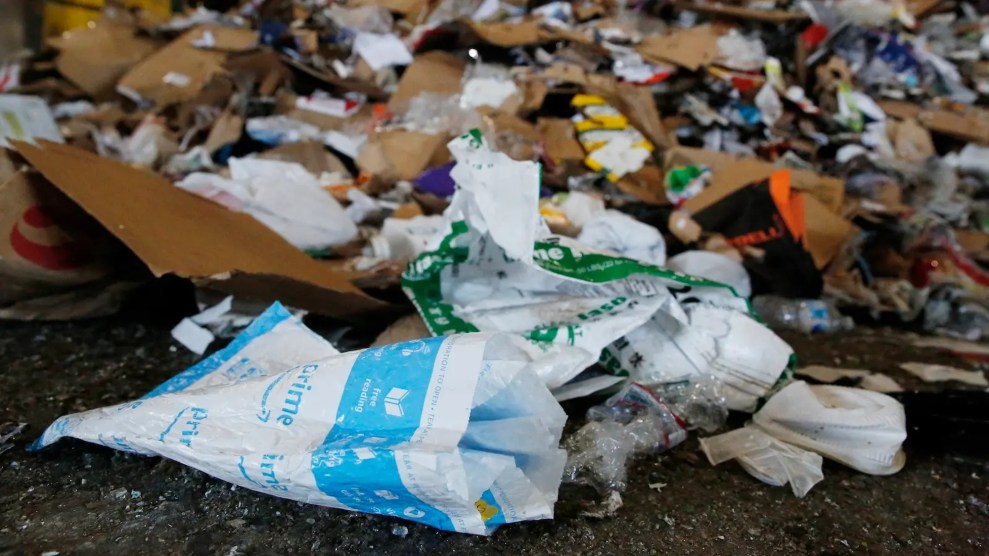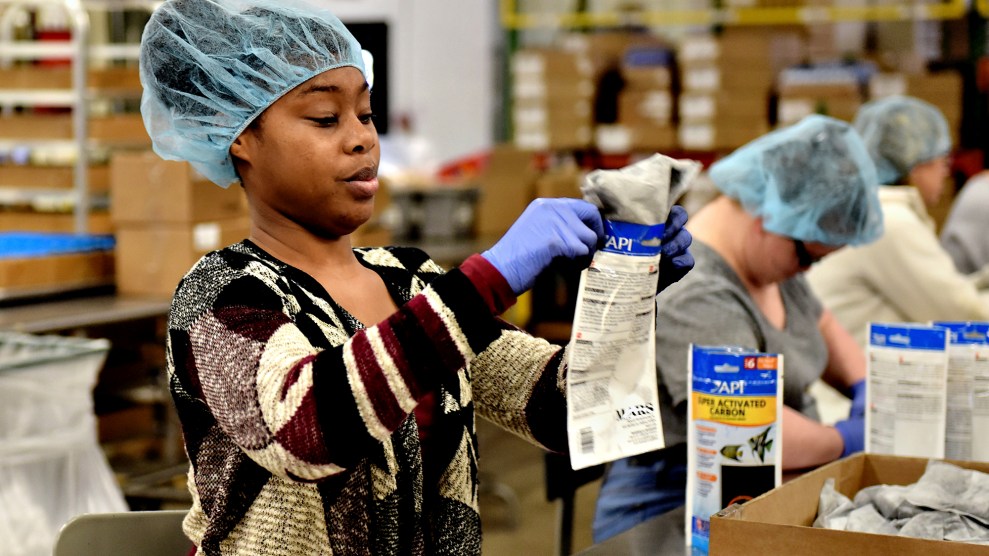Americans emit 1,525 tons of CO2 emissions: United Nations Statistics Division; National Institute on Aging.
72% of American adults have children: “Gallup Poll.”
Kids fear global warming: BrainPOP National Earth Day Survey, 2007.
U.S.’ CO2 emissions far greater than Africa’s: “Population Connection Factsheet.”
One American child produces as much CO2 as 106 Haitians: United Nations Statistic Division.
Zahara Jolie-Pitt’s yearly CO2 emissions: United Nations Statistic Division.
A typical baby uses 3,800 disposable diapers: 2005 U.K. Government Study.
96% of American babies wear disposable diapers: The Diaper Industry Source, Richer Consulting Services.
Brits offset their kids’ diaper waste: allthingsgreen.net.
Hungarians offset babys’ CO2 footprint: TreeHugger.
Lower birth rates in China equals fewer CO2 emissions: Zhang Weiqing, Minister of National Population and Family Planning Commission; United Nations Statistic Division.
Twin births in the U.S. on the rise: Blue Cross Blue Shield.
Youth and civil conflict go hand and hand: Population Connection.
Uganda, Monaco, and war: University of Pennsylvania professor Steven Feierman and Stanford professor Richard Roberts.
Russia’s “conceive a patriot” day: “Missing: The ‘Right’ Babies,” The Nation.
Singapore’s dating program combats its low birthrate: lovebyte.org; CIA Factbook.
The “Quiverfull” movement: quiverfull.com.
The Pope calls for tax incentives for big families: “Large Families Deserve Support, Pope Says,” Catholic World News; “Pope Benedict XVI Leads ‘Eco-friendly’ Youth Rally,” International Herald Tribune.
The seven new mortal sins: “Vatican Official: New Sins on Horizon,” CNN.
Catholic globalization: “Beyond Christianity: Protestant-Catholic Distinctions in Coming Global Christianity, Paul Sullins, The Catholic University of America.
The U.S.’ increasing fertility rate: Department of Health and Family Services, Wisconsin.
The bloating American home: “Housing Facts, Figures, and Trends, 2006,” National Association of Home Builders; “Housing Facts, Figures, and Trends, 2007,” National Association of Home Builders.
Americans and their SUVs: “National Household Travel Survey,” U.S. Department of Transportation.
SUV owner demographics: “SUVs Continue to Pull Market Share from Car Segments,” J.D. Power and Associates.
Polluting school buses: “School Bus Pollution Report Card 2006,” Union of Concerned Scientists; “School Bus Pollution Report Card 2002,” Union of Concerned Scientists.
Polluting idle school buses: Clean School Bus, Environmental Protection Agency.
Offsetting American kids’ TV viewing: “Reducing Children’s Television-Viewing Time: A Qualitative Study of Parents and Their Children,” Pediatrics; California Energy Commission; “How Much Greenhouse Gas Does Your Family Produce?” Discover; Environmental Protection Agency.
Baby’s first TV: “The Media Family,” Kaiser Family Foundation.
Appetite for Destruction: Popline, The Info Project. Comparisons yielded through various CO2 converters.
The Ballooning TV Family: imdb.com; Discovery Channel.
Nagging tweens: “Thanks to Ads, Kids Won’t Take No, No, No, No, No, No, No, No, No for an Answer,” New American Dream.
American kids and their toy consumption: The Real Toy Story: Inside the Ruthless Battle for America’s Youngest Consumers, Eric Clark, Simon & Schuster, 2007.
Toys and diapers trashing beaches: Ocean Conservancy.
Disney World’s dirty laundry: Disney World Trivia and Facts.
An American child’s food consumption: “Expenditures on Children by Families, 2006,” USDA.
Cafeteria waste: “Reusable Lunchbox,” New York State Department of Environmental Conservation.
Julia Roberts tells all: “Julia Roberts on Motherhood, the Paparazzi, and Making Less Garbage,” Vanity Fair.
Julia Roberts and her lavish maternity suite: The Fabulous Life: Celebrity Kids, VH1.
Voluntary Human Extinction Movement: vhemt.org.
Celebrity Babies, for Fun and Profit:
Nicole Richie: “Send Us Your Baby Pictures, But Don’t Expect Millions,” Melissa Herbert, The Plain Dealer; Save the Children.
Jamie-Lynn Spears: “OK! Pays $1 Million for Jamie Lynn Spears Pregnancy Story,” Reuters; KidsHealth, Newmours Foundation.
Christina Aguilera: “Send Us Your Baby Pictures, But Don’t Expect Millions,” Melissa Herbert, The Plain Dealer; One Laptop Per Child.
J-Lo/Marc Anthony: “Send Us Your Baby Pictures, But Don’t Expect Millions,” Melissa Herbert, The Plain Dealer; “Parents and the High Price of Child Care,” National Association of Child Care Resources and Referral Agencies.
Brad Pitt/Angelina Jolie: “Send Us Your Baby Pictures, But Don’t Expect Millions,” Melissa Herbert, The Plain Dealer; Pitt did not respond to a written request for confirmation.
Tom Cruise/Katie Holmes: “Someone Wanted to See Me?” Vanity Fair.
Sodden Impact:
First disposable diaper in U.S.: The Diaper Industry Source, Richer Consulting Services.
Pampers comes on line: The Diaper Industry Source, Richer Consulting Services.
Diapers create mounds of U.S. municipal waste in 1970: “Municipal Solid Waste in the United States,” Environmental Protection Agency; “2006 Municipal Solid Waste Characterization Data Tables,” EPA.
Diapers and U.S. municipal waste in 1980: “Municipal Solid Waste in the United States,” EPA; “2006 Municipal Solid Waste Characterization Data Tables,” Environmental Protection Agency.
Super-absorbent polymers in diapers: Hygiene Absorbent Products Manufacturers Committee.
Cabbage Patch diapers introduced: “Advertising; Designer Diaper Campaign,” Philip H. Dougherty, The New York Times, October 1, 1984.
Diapers and U.S. municipal waste in 1990: “Municipal Solid Waste in the United States,” EPA; “2006 Municipal Solid Waste Characterization Data Tables,” EPA; “Eight in 10 Say Pollution Threatens Their Lives,” Associated Press, June 11, 1990.
Dueling over diapers: “Disposable Versus Reusable Diapers: Health, Environmental and Economic Comparisons,” Arthur D. Little, Inc., Procter & Gamble, 1990; “Diapers: Environmental Impacts and Lifecycle Analysis,” Carl Lehrburger, Jocelyn Mullen, and C. V. Jones, National Association of Diaper Services, 1991; “The Politics of Diapers: A Timeline fo Recovered History,” Mothering magazine.
Pampers-paid doc tells parents not to rush toilet training: “Two Experts Do Battle Over Potty Training,” Erica Goode, The New York Times, January 12, 1999.
Diapers and U.S. municipal waste in 2000: “Municipal Solid Waste in the United States,” EPA; “2006 Municipal Solid Waste Characterization Data Tables,” EPA.
Elimination communication: Diaper Free Baby.
Diapers and U.S. municipal waste in 2006: “Municipal Solid Waste in the United States,” EPA; “2006 Municipal Solid Waste Characterization Data Tables,” EPA.
Julia Roberts on flushable diapers: “Julia Roberts on Motherhood, the Paparazzi, and Making Less Garbage,” Vanity Fair.
Pampers introduces large diapers: Procter & Gamble’s Baby Care Spokesperson; Pampers.
Disposable diapers’ life span: New Hampshire Department of Environmental Services, Information Source: U.S. National Park Service; Missouri Department of Conservation.












